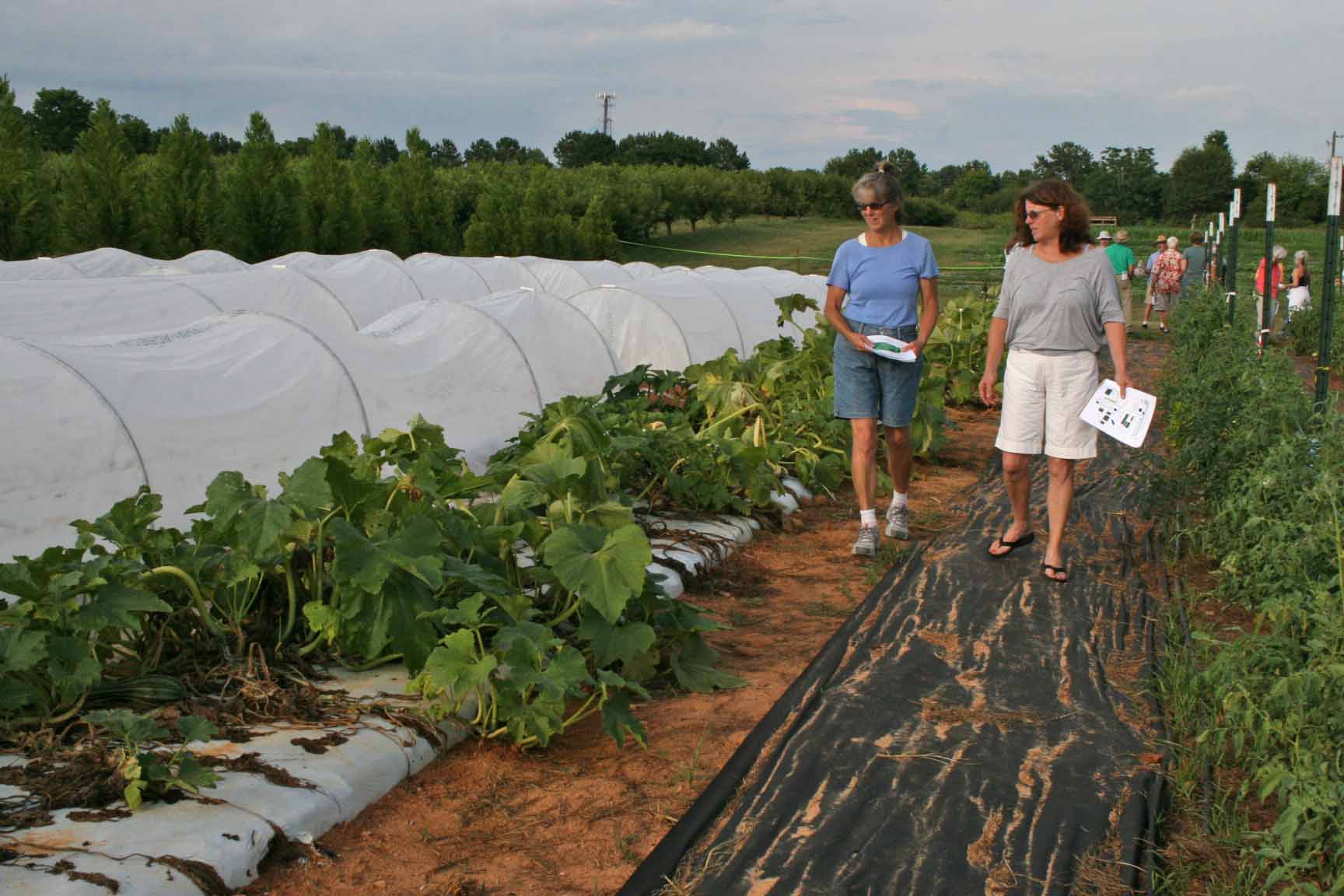 CAES News
CAES News
Organic Farm Tour
Organic and sustainable agriculture experts from the University of Georgia will host their fourth annual Organic Twilight Tour on Tuesday, June 23 from 6-8 p.m. at the College of Agricultural and Environmental Sciences' Durham Horticulture Farm, 1221 Hog Mountain Road, Watkinsville, Georgia.

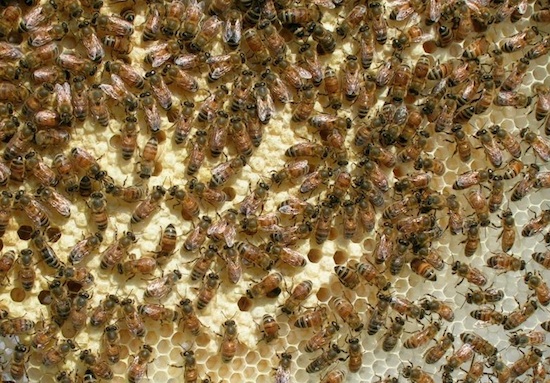
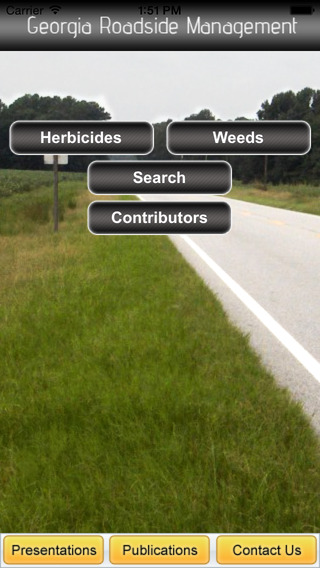
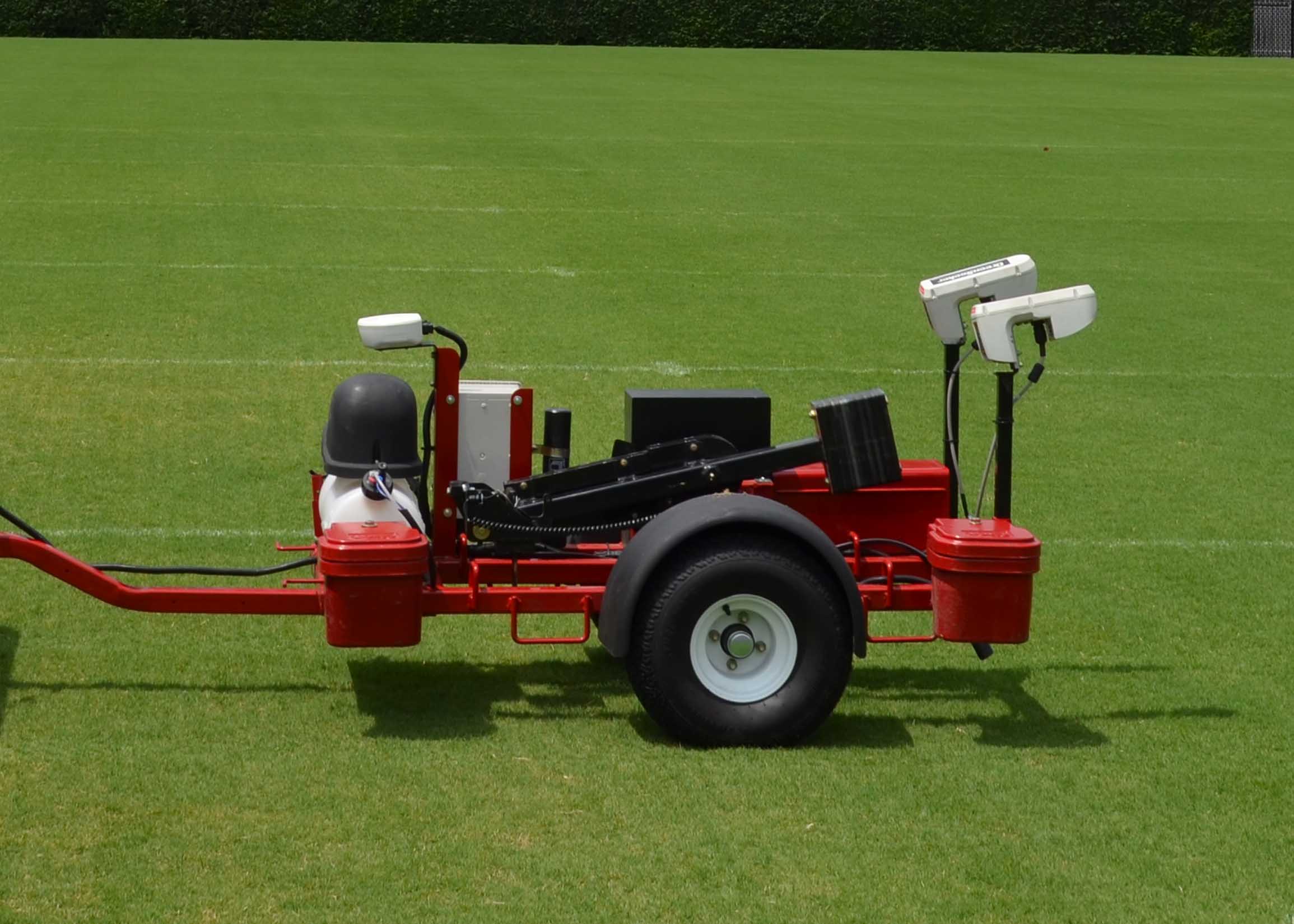
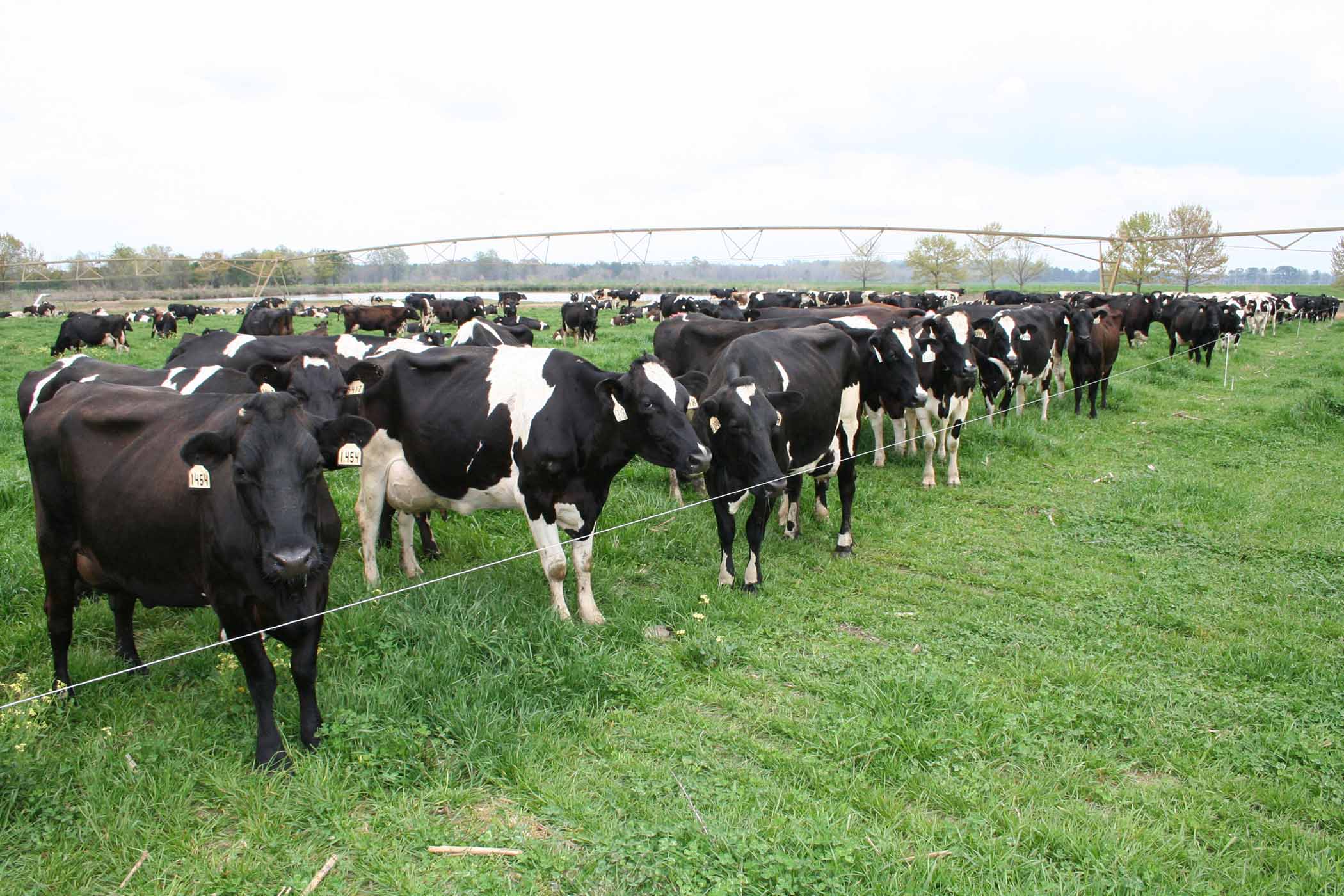
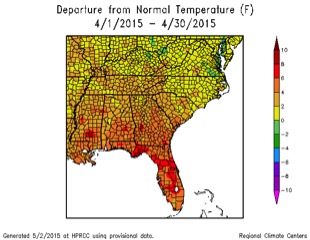
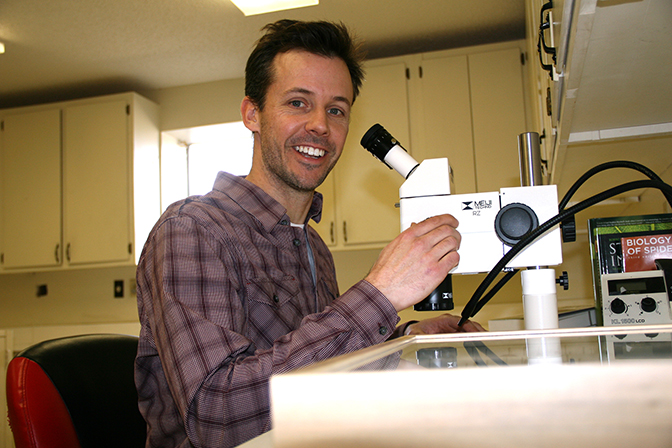
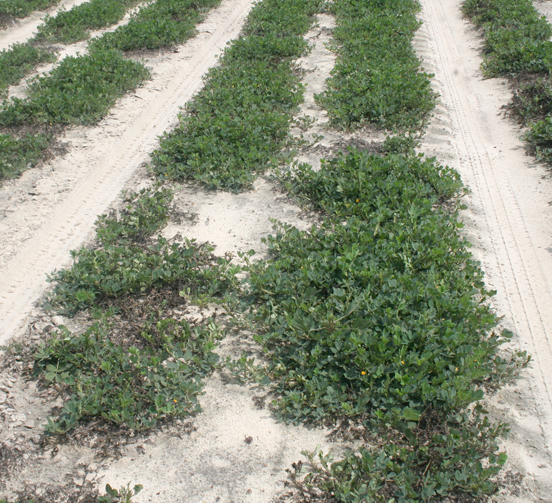
.jpg)